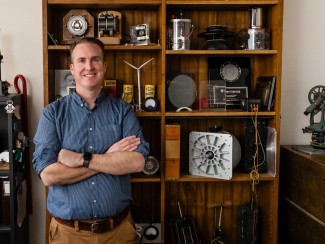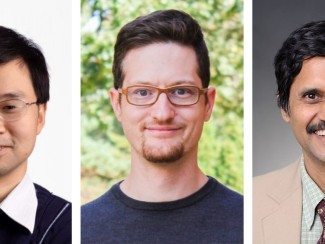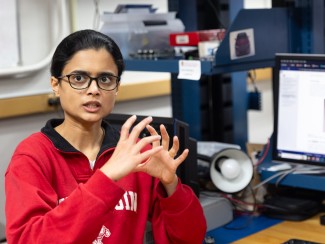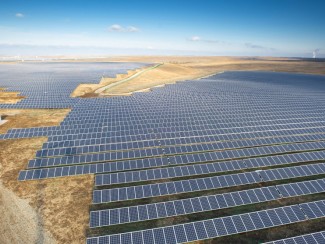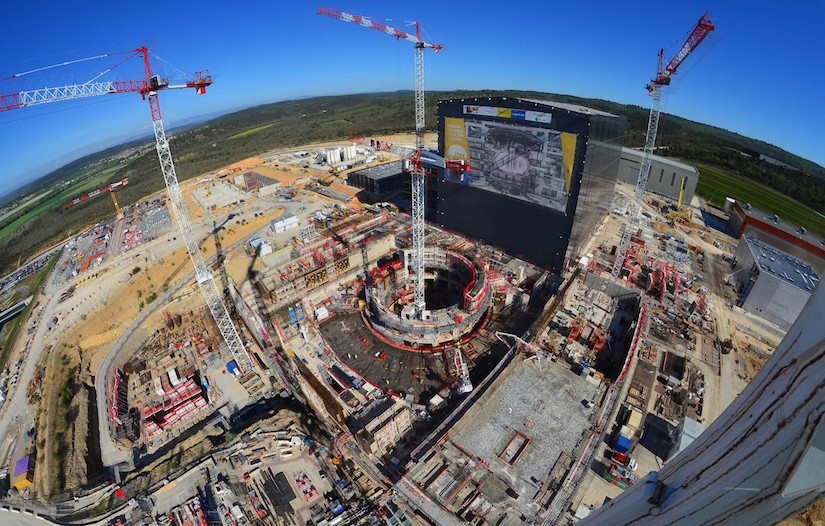
While the ITER facility under construction in southern France is still years away from being completed, the ITER Organization already knows what radiation levels to expect within the building following fusion experiments—and as a result, how to keep people in the building safe—thanks to the work of University of Wisconsin-Madison engineers.
Once the massive construction and assembly efforts are completed, the ITER building will house the world’s largest tokamak, a magnetic fusion device that has been designed to prove the feasibility of fusion as a large-scale and carbon-free source of energy based on the same principle that powers the sun and stars.
For more than a decade, Grainger Professor of Nuclear Engineering Paul Wilson and his collaborators have been developing software tools to model complex nuclear energy systems. And since ITER will be the most complex nuclear fusion system ever created, it offered an excellent opportunity for Wilson and his students to apply their software tools to solve a difficult problem.

